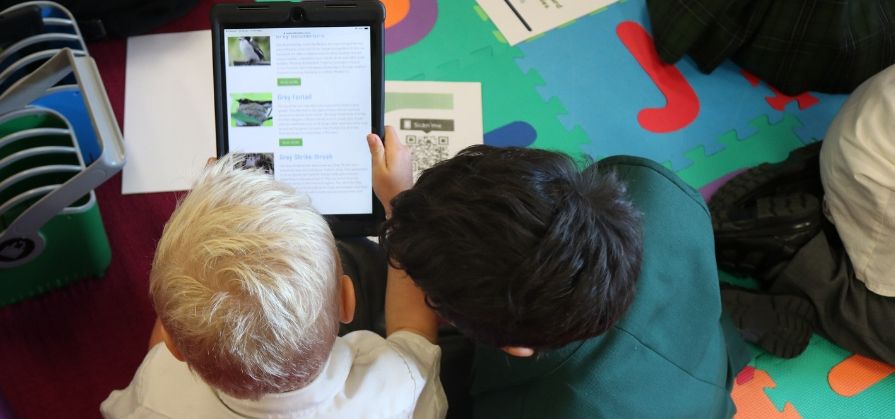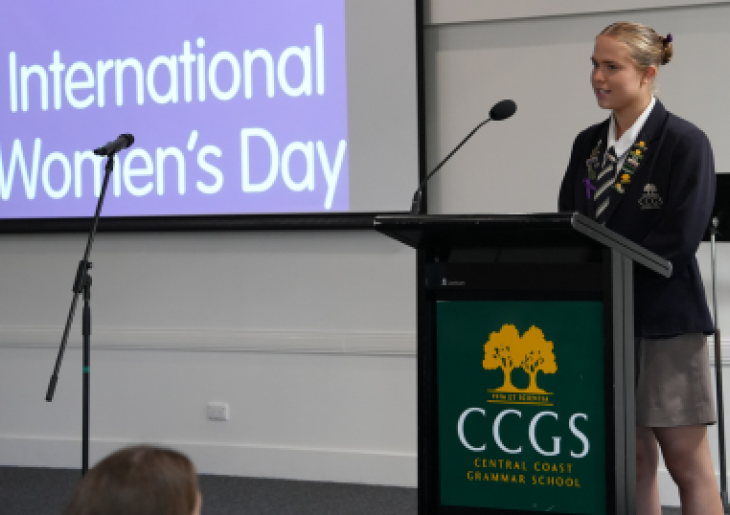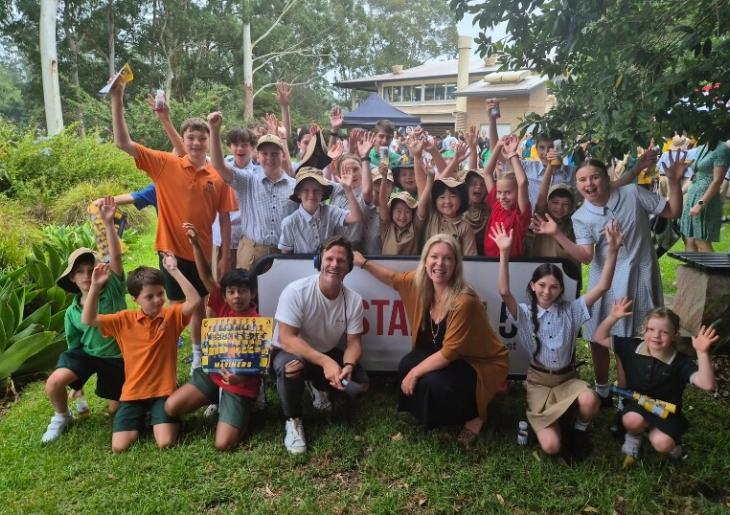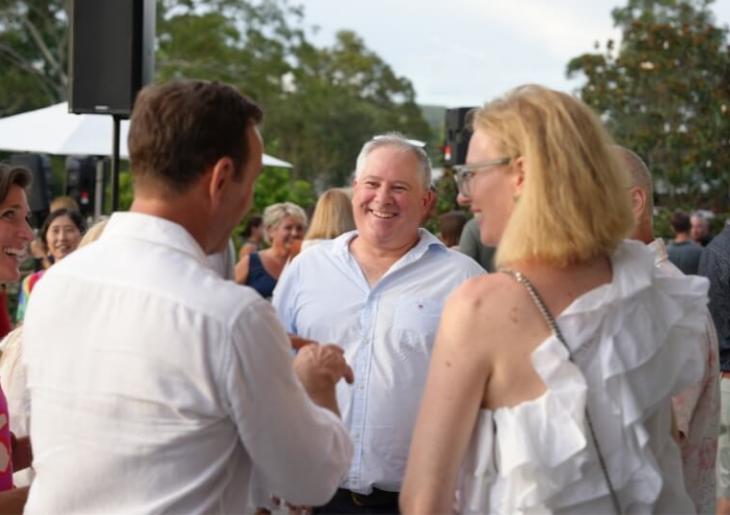Next Generation Learners in action

Today our children face a rapidly changing future. The technological revolution is set to fundamentally alter the way we live, work and relate to one another.
We need to prepare students for the fast changing world. And to do that we need to reimagine what learning can look like.
One of the most important shifts in focus over recent decades has been from teachers as instructors instilling knowledge to teachers as facilitators of learning who support students to become independent learners ready for any challenge.
At the heart of CCGS’s strategic plan is Next Generation Learners, education guided by real world interests, curiosity and experimentation. But how does this translate in terms of the classroom and how does this prepare students for the world that lies ahead?
We head into the Junior School to see Next Generation Learners in action and find out more.
Backyard Buddies ignites communication and enquiry
Developing key skills like collaboration and communication starts early at CCGS. In Kindergarten, through the Backyard Buddies science and technology module, students have already started to show a deep curiosity and understanding of the world they live in.
With overarching curriculum areas like science and art woven together, students discover how they can communicate more efficiently, explain more deeply and accurately so they can care for our ecosystem.
Mixed class learning groups allow students to connect with others outside of their own traditional classroom helping them adapt to and connect with others. In Term 2, children engaged in a variety of small group activities like accessing information via QR codes, drawing anatomically correct bees, making a dragonfly with complex hexagonal wing sections and listening to Year 12 Bee Keeper where they used precise and accurate questioning.
Kindergarten teacher, Jacqui McAtamney said, “We’re not asking our students to record facts and figures. We can access facts at any time. Rather we’re building the foundations for students to think about how and where we can find information that will help us solve the answer to a problem.”
Added Amanda Williamson, Kindergarten Year Coordinator, “It’s this critical thinking that leads to a deeper understanding. And having our students work together collaboratively across their traditional classroom groups at this early age is a key component of that.”
Developing skills for lifelong learning
You might be mistaken for thinking that Next Generation Learners must involve a level of technology. But for students in Year 4, there is not a laptop or device to be seen.
Year 4 teacher, Elizabeth Stokes said, “Rather than tapping away at their laptops or using an app on the iPad, in Next Generation Learners, we guide the students to tap into their limitless imagination and creativity to solve real global problems. And they love it!”
In Term 2 students were given a brief: Design a product or service to protect marine turtles from global environmental threats. There were specific limitations, things she liked, didn’t like – a set of project requirements. Using the Hasso-Plattner Institute of Design at Stanford’s Design Thinking Framework they are now working through a five-stage model to help solve the problem.
- Empathise: Gain an empathic understanding of the problem you are trying to solve.
- Define: Analyse your observations and synthesise them to define the core problem.
- Ideate: Start generating ideas. At this stage the students used a number of techniques such as Mindmap, Brainwrite and Worst Possible Idea.
- Prototype: Produce an inexpensive, scaled down version of the product and features.
- Test: Test the production using the solutions identified in the prototype phase.
But the process doesn’t start and end here. Students soon understood that critical thinking doesn’t have a systematic beginning and end point. It’s not that regimented. Rather it’s a non-linear process that pushes the student to think in a more abstract way and go back through the stages to adjust, improve and define.
The results are extremely powerful.
“It’s like you’ve walked into a Google office - students are grouped in creative hubs using the language of innovation and design,” explains Mrs Stokes. “When students realise the value of their own intellect they then value their education. Their creativity is just as valuable as any adults' [..creativity] in their lives and their ideas can make a difference. As teachers we can give them the environment to truly explore this.”
Mrs Stokes added, “Students use verbal cues to help encourage everyone to participate. They understand that the process is not about individuals but is about collaboration and this requires collective thinking. We’re certainly seeing an increase in the way our students analyse, question and evaluate their work beyond our Next Generation Learner classes.”
Classrooms have no boundaries
Imagine flying through space, being an astronaut on the International Space Station or diving deep into the milky way. Last term students in Year 5 went on a virtual field trip deep into space.
After classroom based learning on Earth and space, students were led by Teacher Librarian, Sonja Holden, on an immersive and engaging experience using VR and the Google Expedition app.
Through the use of digital technology, VR created an experience for these students not otherwise possible. Through exploring space as a virtual astronaut, students were able to expand their knowledge of the universe and their place in it.
Here’s what our students said:
I loved loved loved this experience! I learnt so much and it was so much fun. I liked following the arrows to see different space objects. I learnt that if you get pulled into a black hole you would be pulled and stretched so that you looked like a spaghetti strip! - Arabella Warren
I really liked the fact that everything was in 3D and it wasn't just a merged 2D picture on a screen - Ollie Taylor
It was extremely cool because we were standing on the sun! We also went inside the International Space Station and learnt about what astronauts do there. - Isaac Curtis, Asher Smith, Zac Beier and Aidan Rivard
We enjoyed standing on the virtual sun. It felt real and nerve-racking. We also liked looking at the amazing planets. It felt so real you almost wanted to touch them. We really enjoyed this because of all the new facts we learned. - Julia Atherton & Zoe Faletas




